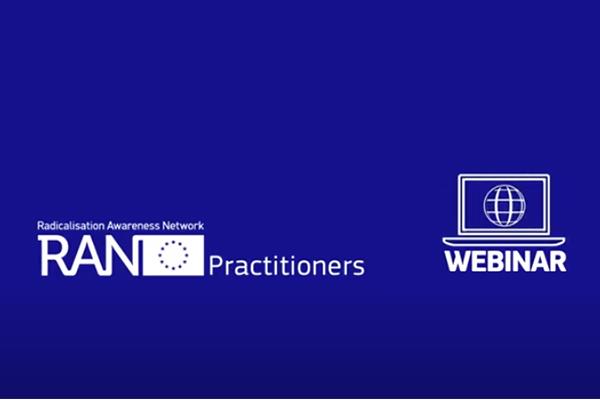
This webinar will be held in English and will take place via Webex Events. 9 April 2024, 14.30 – 16.00 (CEST)
We are pleased to invite you to the RAN Practitioners Webinar on ‘New technologies and P/CVE: threats and opportunities’, which will take place on 9 April 2024 from 14.30 to 16.00 (CEST).
Aim and background
Terrorists and violent extremists have traditionally been faster than governments or P/CVE practitioners at adopting new technologies to further their objectives. This is likely due to a combination of factors: extremism is asymmetric in nature, activist in spirit, often well-funded, free of the restrictions that come with democratic institutions and societies, and risk-taking. Extremists were early adopters of social media, continue to find the best ways to exploit it, and constantly find emerging ungoverned spaces. We likely cannot eradicate this commitment or innovation.
Policymakers and practitioners have been far slower to recognise the evolving nature of the threat and mobilise consensus and resources to respond to it. They have been even slower than that to adopt these new technologies to carry out their work, or even leverage them to do so impactfully. This is for a number of reasons: democratic processes, competing funding priorities, a generational gap, desire for clear evidence and data so as to make decisions accountably, absence of foresight scanning, lack of multistakeholder structures, and general risk aversion.
To keep pace with (violent) extremists and terrorist organisations and get ahead of them by creating the conditions for evidence-based prevention and engineering safety by design, it is necessary to review new and emerging technologies. We must consider their current or potential future use and exploitation by extremists. And we must consider their positive use in prevention, including through removing the barriers to technology adoption and innovation. We must also recognise that many of these new technologies will impact all work across the multistakeholder spectrum involved in P/CVE, and therefore consider the range of application by these different users.
Set-up
This webinar builds on the small-scale expert meeting on the same topic, which takes place on 26 March 2024. The main outcomes of that meeting will be shared during the webinar. Guiding questions for the webinar are:
- How are new technologies currently used and exploited by (violent) extremists?
- How can we expect these technologies to be exploited by extremists over the next 5 years?
- How could new technologies be used by P/CVE practitioners to prevent extremism?
- What are the foundations required for P/CVE practitioners to adopt, engage with, or innovate using these new technologies over the next 5 years?
The target audience for this meeting are all P/CVE practitioners who are interested in technological developments and how they impact their work field.
Practical
- If you would like to attend this webinar, please register through this link by Sunday 7 April EOD.
- You will receive the Webex link to join the webinar later.
If you have any questions related to this webinar, please feel free to reach out to a [dot] voogd radaradvies [dot] nl (Alwyn Voogd) or jonathan [dot] russell
radaradvies [dot] nl (Alwyn Voogd) or jonathan [dot] russell violence-prevention-network [dot] de (Jonathan Russell).
violence-prevention-network [dot] de (Jonathan Russell).
Details
- Publication date
- 21 March 2024
- Author
- Directorate-General for Migration and Home Affairs
